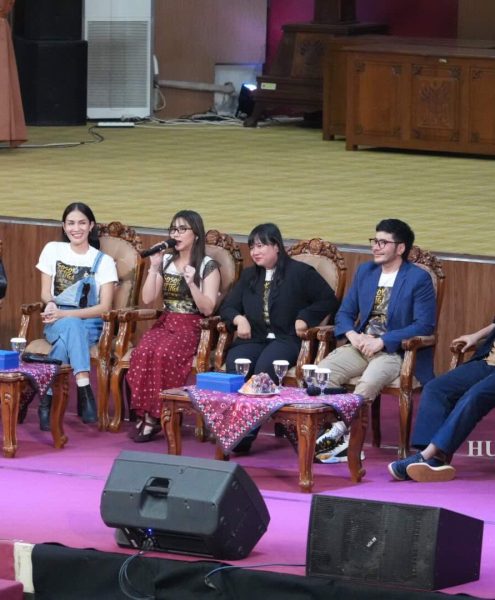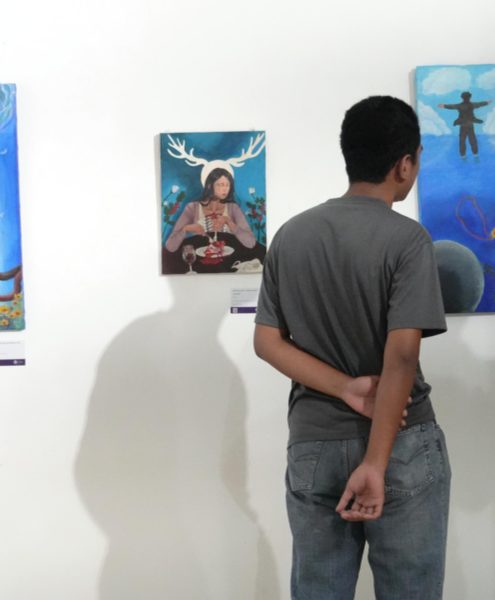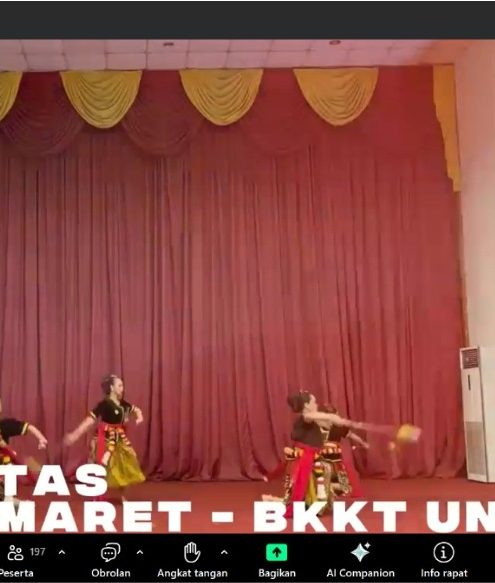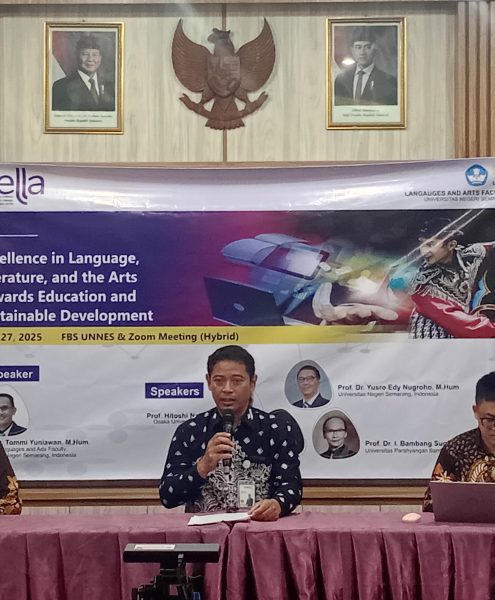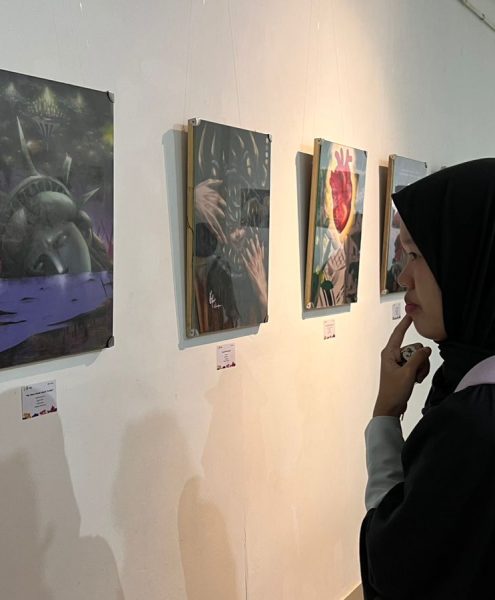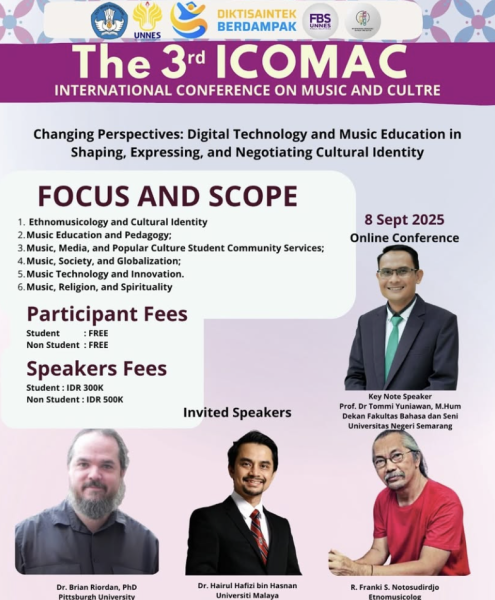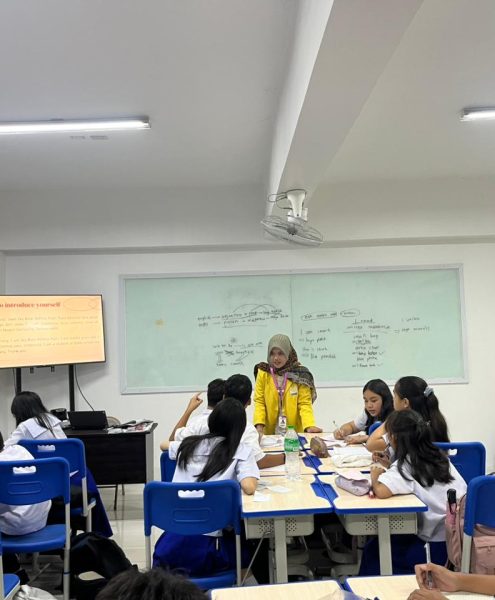This article challenges the perception of batik transmission as mere tradition production, positioning it as a form of local education deeply rooted in Indonesian culture. This study aims to explore the pedagogical practices of batik artisan groups in Semarang and Pekalongan in order to investigate the values embedded within the transmission process. Utilizing an ethnopedagogy framework, the study examines how batik artisans perceive batik’s cultural significance and the principles they strive to preserve. Findings reveal that batik transmission extends beyond technical skills, encompassing local knowledge, beliefs and Javanese values. This informal education, occurring organically within the community, emphasizes the preservation of cultural norms and the active construction of meaning within the craft. The research underscores the importance of local art as a basis for cultural education, demonstrating how batik transmission embodies a unique form of knowledge transfer that thrives outside formal settings. This article can contribute to the implementation of ethnopedagogy, as an approach to arts education that emphasizes humanity for all countries amidst global transformation.
Link https://doi.org/10.1080/2331186X.2025.2466245
Sugiarto, E., Syarif, M. I., Mulyono, K. B., bin Othman, A. N., & Krisnawati, M. (2025). How is ethnopedagogy-based education implemented? (A case study on the heritage of batik in Indonesia). Cogent Education, 12(1). https://doi.org/10.1080/2331186X.2025.2466245


